Description
Medical curtains are an essential part of any healthcare facility in Kenya, serving multiple purposes like providing patient privacy, aiding in infection control, and creating a more comfortable and dignified environment for patients.

Here’s a breakdown of the different types of medical curtains used in Kenya.
Which is which, hospital or medical curtains?

The terms “medical curtains” and “hospital curtains” are often used interchangeably.

But there are some subtle differences and similarities worth noting.
Similarities

Function

Both types of curtains are used in healthcare settings to provide privacy and separation for patients, especially in shared spaces like wards or examination rooms.
Materials

Both can be made from similar materials, such as antimicrobial, easily cleaned fabrics, and flame-retardant.

Track systems

Both often utilize rail systems for hanging and moving the curtains.
Differences
Scope

“Medical curtains” can have a broader scope, encompassing curtains used in various healthcare settings, including clinics, doctor’s offices, and even ambulances.

“Hospital curtains” typically refer specifically to curtains used in hospitals.
Durability and Cleaning

Hospital curtains typically need to be more durable and easier to clean due to the high volume of use and potential exposure to bodily fluids and contaminants.

But you can opt for medical privacy screens made of rigid panels instead of curtains for these reasons.
Aesthetics
Hospital curtains may prioritize functionality and ease of cleaning over aesthetics.

But medical curtains in other settings might come in more diverse colors and patterns for a more calming and welcoming environment.
Disposable vs. reusable curtains

You can dispose of or reuse both types of curtains. Disposable curtains are often used in high-risk areas or for isolation precautions.

But reusable curtains are more economical in the long run.
Privacy levels
Depending on the fabric and design, different curtains offer you varying levels of privacy. Some may be completely opaque, while others may allow some light or sound to pass through.

Ultimately, your choice between “medical curtains” and “hospital curtains” likely depends on the specific context and needs of your healthcare facility.

I hope this clarifies the differences and similarities between these terms. If you have any further questions about specific types of medical curtains found in Kenya or their uses, feel free to ask!

Privacy, hygiene, and infection control curtains
Medical curtains are indeed the unsung heroes of patient privacy in Kenyan hospitals.

These seemingly simple fabric dividers play a crucial role in upholding patients’ dignity and creating a sense of security during often vulnerable moments.

Let’s delve into the diverse ways curtains contribute to a comfortable and private healthcare experience.
Examination Rooms
Curtains transform open examination rooms into private enclosures, shielding patients from prying eyes during physical examinations and consultations. This fosters a sense of trust and allows patients to relax and be open with their healthcare providers.
Patient Bays
In multi-bed wards, curtains offer individual privacy for patients recovering from various conditions. This separation helps maintain confidentiality, reduces noise and light disruptions, and allows patients to rest and heal more peacefully.
Certain medical conditions require isolation to prevent the spread of germs. Curtains act as temporary walls, helping to control infections and protect vulnerable patients within shared spaces.
Treatment Areas
During medical procedures, such as injections or wound dressings, curtains shield patients from the view of other patients and staff, preserving their dignity and maintaining confidentiality.

Curtains provide a private space for difficult conversations about diagnoses, treatment options, or end-of-life care.

This allows patients and their families to discuss sensitive topics openly and emotionally without feeling exposed.

Beyond Privacy
Medical curtains can be drawn to block out unwanted light and noise, creating a calm and restful environment for patients recovering from surgery or experiencing pain.

Certain types of curtains are made with antimicrobial fabrics, helping to reduce the spread of bacteria and viruses within healthcare facilities.

You can see medical curtains are more than just aesthetic dividers. They are essential tools for safeguarding patient privacy, dignity, and well-being within the often stressful environment of hospitals.

From creating personal havens in examination rooms to facilitating intimate conversations, these silent guardians play a vital role in making healthcare experiences more humane and comfortable for everyone involved.

But although specifically designed for healthcare settings, they offer some unexpected benefits in other places too!

Here are some examples of where you can find them handy:
Veterinary clinics
Similar to hospitals, veterinary clinics can use curtains to separate animals during waiting periods, examinations, or procedures. This can minimize stress for both the animals and their owners.

Dental offices
You can create individual workstations with curtains for patient privacy during examinations and procedures in dental clinics.

Community centers
Multi-purpose rooms in community centers can be easily divided into smaller spaces using curtains for various activities like fitness classes, hotels, or workshops.

Schools and daycare centers

Classrooms can be temporarily partitioned for group activities or to isolate sick children.
Retail dressing rooms

In busy stores, using curtains instead of solid walls can offer a sense of privacy while maintaining air circulation.
Hygiene and Infection Control Curtains

Tattoo parlors

Dividing workstations with curtains helps maintain hygiene and control the spread of airborne particles.

Cosmetics and massage studios
Curtains can separate treatment areas for increased privacy and hygiene.
Public restrooms
In emergencies, temporary shower stalls or privacy screens can be created using medical curtains.
Crowd control

During events or conferences, curtains can be used to direct foot traffic, create backstage areas, or section off VIP areas.
Visual enhancement

Decorative medical curtains can add a splash of color or pattern to plain walls in offices, waiting rooms, or other public spaces.
Temporary walls
Curtains can be a quick and cost-effective way to create temporary partitions for renovations, repairs, or other needs.

Remember, the key features of medical curtains – flame retardancy, anti-microbial properties, and easy cleaning – make them adaptable for various settings beyond healthcare.
Antimicrobial curtains
The terms “antimicrobial curtains” and “medical curtains” are often used interchangeably. But there are some subtle differences between the two.

Here’s a breakdown:
Medical curtains

- The general term encompasses all types of curtains used in healthcare settings, including antimicrobial curtains.
- Provision of privacy, separation, and some level of hygiene control are the main functions.
- They are typically made from flame-retardant fabrics like polyester or cotton blend.
- Cleaning can be laundering or wiping down with disinfectant depending on the material.
- But they are not inherently antimicrobial. And may not have built-in properties to kill or inhibit the growth of microorganisms.
Antimicrobial curtains

- A subset of medical curtains: Possess specific properties that actively kill or inhibit the growth of bacteria, fungi, and viruses.
- Main function: Provide the same benefits as medical curtains, plus an additional layer of infection control.
- Materials: Often incorporate antimicrobial agents into the fabric itself, such as silver ions, quaternary ammonium compounds, or triclosan.
- Cleaning: These may require specific laundering protocols to maintain their antimicrobial properties.
- More expensive: Due to the added functionality, antimicrobial curtains typically cost more than standard medical curtains.

Here’s a table summarizing the key differences:
| Feature | Medical Curtains | Antimicrobial Curtains |
|---|---|---|
| Type | General term | Subset of medical curtains |
| Main function | Privacy, separation, hygiene control | All of the above + infection control |
| Materials | Flame-retardant fabrics (polyester, cotton blend) | Same fabrics with added antimicrobial agents |
| Cleaning | Launder or wipe down | Specific laundering protocols may be required |
| Antimicrobial properties | No | Yes |
| Cost | Lower | Higher |
Choosing between medical and antimicrobial curtains
The best choice for you will depend on your specific needs and budget. If you simply need curtains for privacy and separation in a low-risk environment, standard medical curtains may be sufficient.

However, if infection control is a major concern, such as in a hospital or other healthcare setting, then antimicrobial curtains are the better option.

Ultimately, it’s important to consult with a healthcare professional or other qualified expert to determine the best type of curtain for your specific needs.
Disposal of medical curtains
The best way you can dispose of medical curtains depends on the materials they’re made of and any potential contamination they might have.

Here are some safe and responsible methods:
If the curtains are clean and uncontaminated
Check with local hospitals, clinics, or nursing homes if they could use the curtains and donate. Some animal shelters also accept fabric donations for bedding.

If the curtains are made from recyclable materials like polyester or cotton, check with your local recycling program. Or search for textile recycling facilities near you.

You can also repurpose them. Get creative! You could turn the curtains into tote bags, reusable shopping bags, or other fabric goods.

If the curtains are contaminated with bodily fluids or infectious agents
Follow medical waste disposal guidelines. You can consult your local healthcare facility or waste disposal company for specific instructions on how to safely dispose of contaminated medical waste.

This might involve using designated containers or bags and following specific transportation and disposal protocols.

Do not attempt to dispose of them in your regular trash. Because contaminated medical materials can pose a health risk to sanitation workers and others who come into contact with them.
Here are some additional tips for safe and responsible disposal
Check for labels as some medical curtains might have manufacturer’s instructions on proper disposal methods.

You can also contact your local waste management department. They can provide you with some guidance on the best way to dispose of the curtains based on your local regulations and facilities.

If you’re unsure about the contamination status of the curtains, err on the side of caution and follow medical waste disposal guidelines.

Remember, responsible disposal of medical waste is crucial for protecting public health and the environment. By following these tips, you can help ensure that the curtains are disposed of safely and sustainably.
Cubicle curtains track systems
Medical cubicle curtain track systems are vital components in healthcare facilities, creating privacy and flexibility in examination rooms, patient bays, and other areas.

Understanding the different types and features helps you choose the best system for your specific needs.

Here’s a breakdown:
Types of Track Systems
Ceiling-mounted
The ceiling-mounted is the most common cubicle curtain tracking system, suspended from the ceiling for unobstructed floor space.
Wall-mounted
Installed on the wall, suitable for smaller spaces or situations where ceiling access is limited.
Flexible tracks
Bendable to curve around corners or create custom layouts.
Electrical tracks
Curtains open and close electronically, convenient for patients and staff.
Key Features to Consider
- Material: Durable, lightweight aluminum or PVC are common choices. Fire-retardant properties are essential for safety.
- Weight capacity: Select tracks that can bear the weight of your chosen curtains. Heavier fabrics or multiple layers require a stronger system.
- Noise level: Quiet rollers and gliders ensure smooth operation, minimizing noise disruption for patients and staff.
- Easy cleaning: Look for tracks with smooth surfaces and minimal crevices for easy disinfection.
- Antibacterial coating: Some tracks have an antibacterial coating to help prevent the spread of germs.
- Curtain attachment: Gliders, hooks, or other mechanisms should be compatible with your chosen curtain style.
- Installation: Choose systems with straightforward installation instructions or consider professional help for complex layouts.

Additional Factors
You will find tracking systems varying in price based on features and materials. Therefore consider the track’s style and finish to complement the overall design of your facility. But ensure the system you choose complies with local healthcare regulations.

I hope this information gives you a good starting point for exploring medical cubicle curtain track systems. Remember to prioritize functionality, safety, and hygiene when making your selection.
If you have any further questions or need more specific recommendations, feel free to ask!
Other advantages of medical curtains over solid walls
Medical curtains offer you several other advantages over solid walls in your healthcare facility:

Flexibility and adaptability
You can easily open or close curtains to adjust the layout of a room or create temporary partitions. This flexibility allows your healthcare staff to quickly adapt to different needs and situations.

For example, such as isolating a patient with an infectious disease or creating a larger space for a procedure.
Infection control
Medical curtains are typically made from materials that are easy to clean and disinfect, which helps to prevent the spread of germs and bacteria.

Solid walls, on the other hand, can be more difficult to keep clean, especially in areas with nooks and crannies.
Cost-effectiveness
Curtains are generally less expensive to install and maintain than solid walls. This can be a significant advantage for you if operating on tight budgets.
Aesthetics

You can choose medical curtains from a variety of colors and patterns to create a more calming and inviting atmosphere for patients. Solid walls, on the other hand, can often appear sterile and unwelcoming.
Natural light
Curtains allow natural light to enter a room, which can improve patients’ moods and well-being. Solid walls block natural light, which can make a room feel dark and cramped.
Sound dampening
Some medical curtains are made from materials that help to dampen sound, which can be beneficial for patients who need to rest or who are sensitive to noise.

Of course, there are also some situations where you may prefer solid walls to curtains. For example, solid walls may be necessary in areas where security is a concern, such as a pharmacy or a psychiatric unit.
Frequently asked question: Must a medical curtain be antimicrobial?
Not necessarily. While antimicrobial properties are highly desirable in medical curtains, the term “medical curtain” itself is not exclusive to these specific types. Curtains used in a medical setting for various purposes, including:
- Privacy curtains separate patient beds or examination areas to provide privacy for patients and healthcare personnel.
- Shower curtains are used in patient bathrooms and shower stalls to maintain hygiene and privacy.
- Door curtains can be found at the entrance to patient rooms, isolation rooms, or operating theaters to control access and maintain sterile environments.
While antimicrobial curtains offer an extra layer of protection against the spread of germs and bacteria, their use is not always mandatory depending on the specific use case and risk factors involved. For example, privacy curtains in a general ward might not require the same level of antimicrobial protection as those in an isolation room for patients with infectious diseases.
However, the importance of regular cleaning and disinfection of all medical curtains cannot be overstated, regardless of their inherent antimicrobial properties. This helps to minimize the risk of cross-contamination and maintain a hygienic environment for patients and healthcare workers.
So, while antimicrobial properties are certainly a beneficial feature for medical curtains, it’s not the sole defining characteristic. The term encompasses a wider range of curtains used in healthcare settings for various purposes, with the specific requirements for antimicrobial protection varying depending on the intended use and risk factors involved.



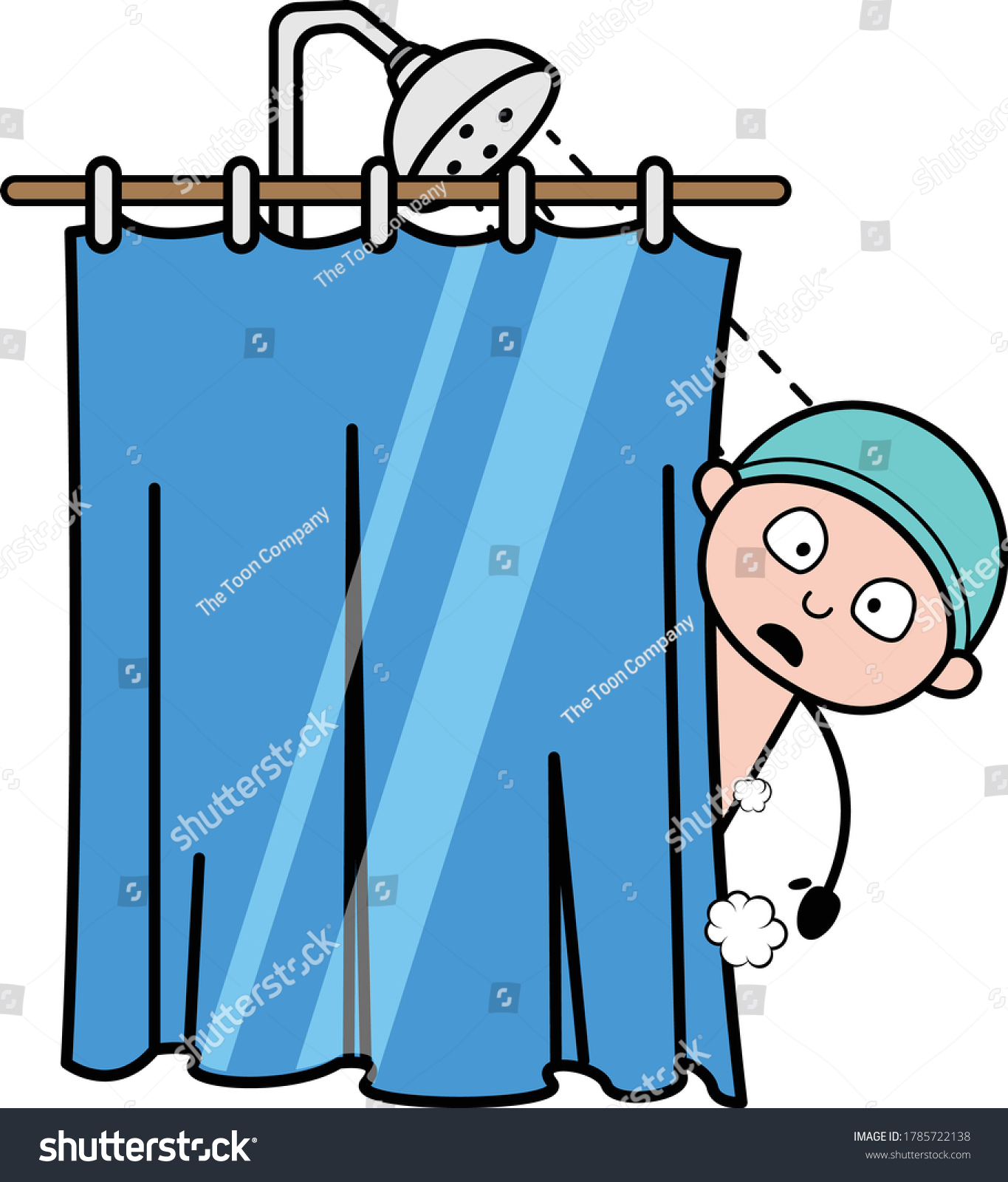
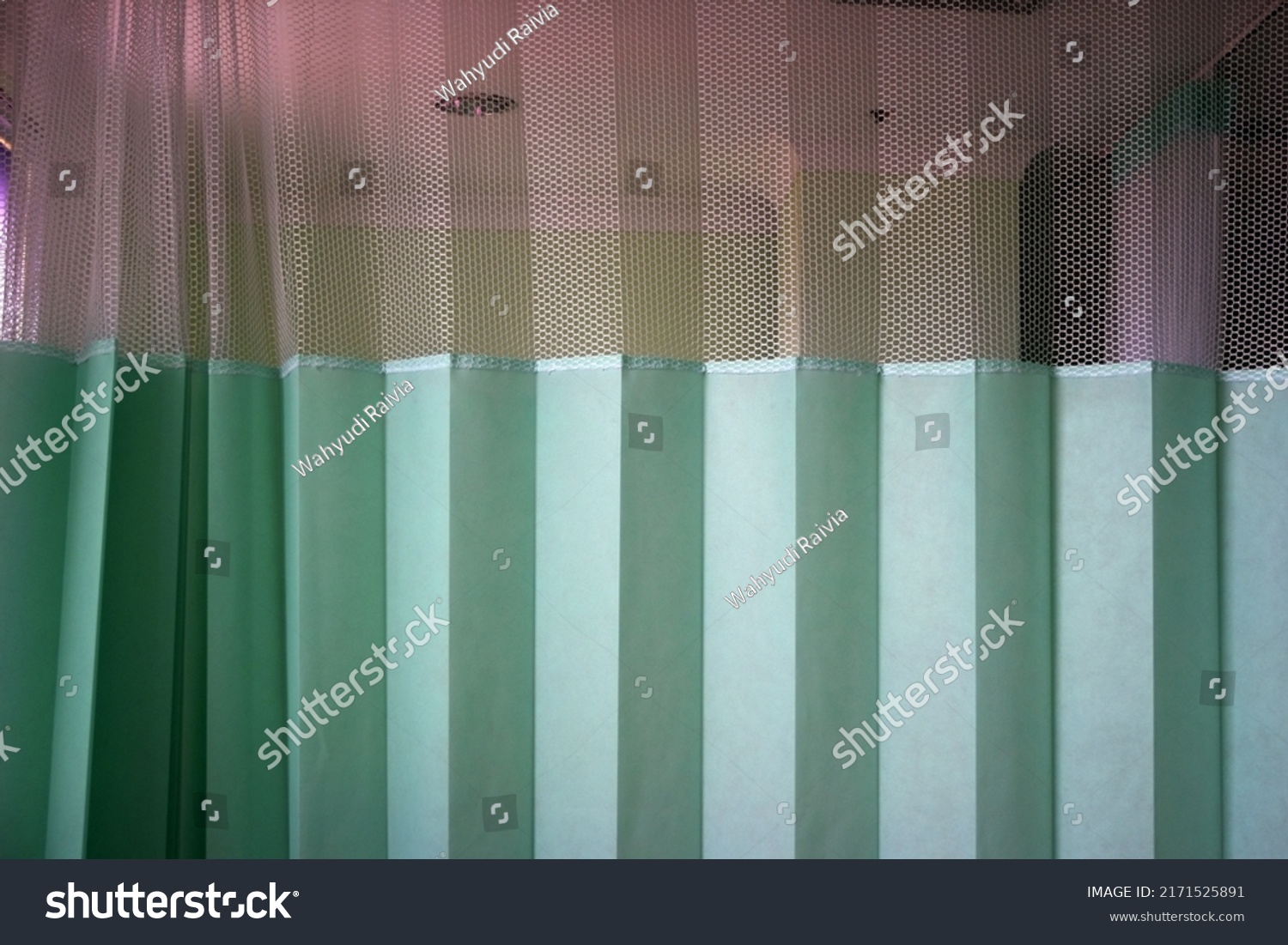
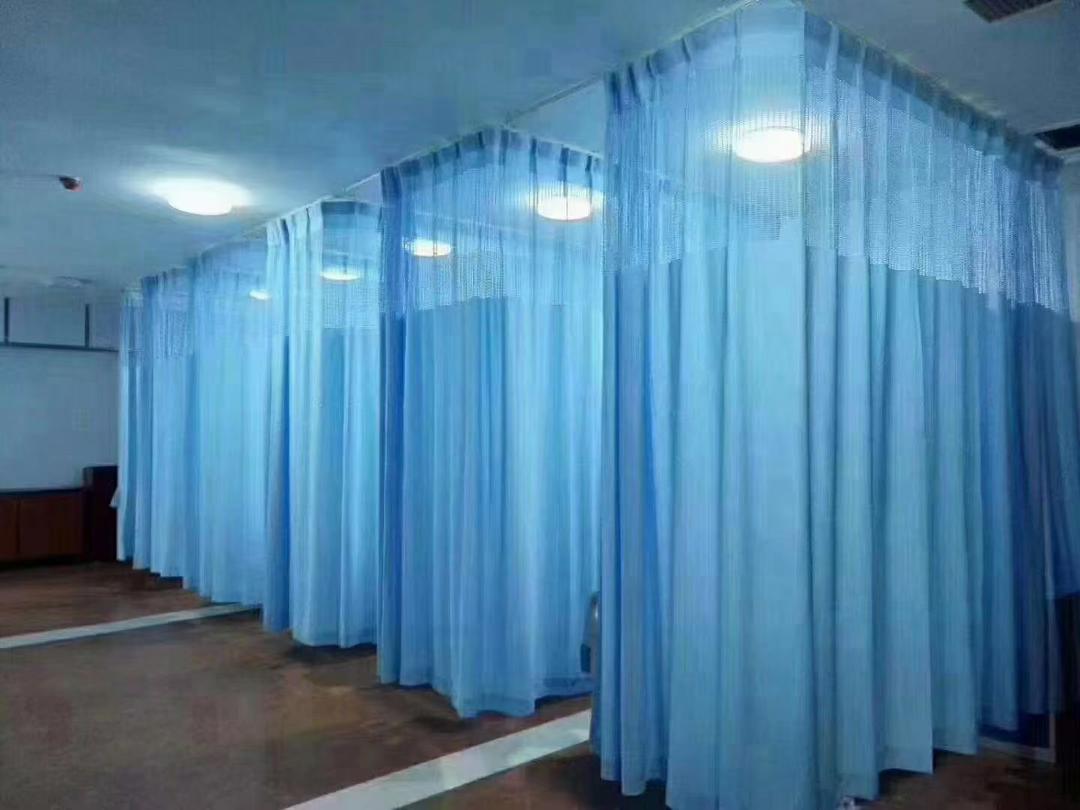
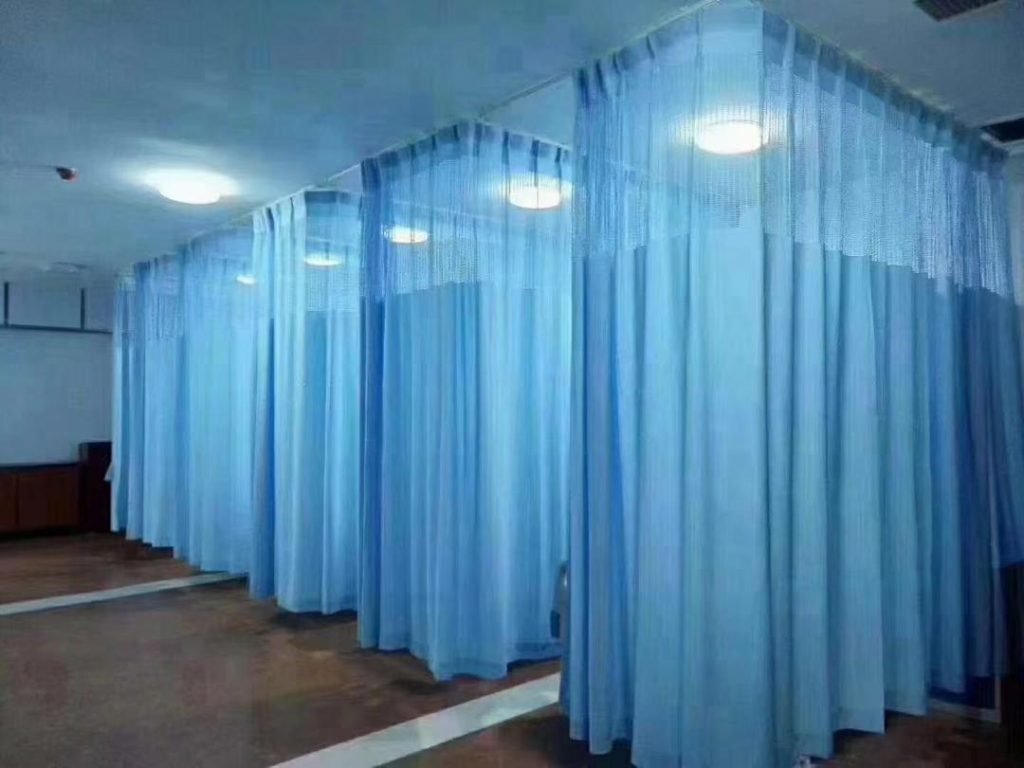
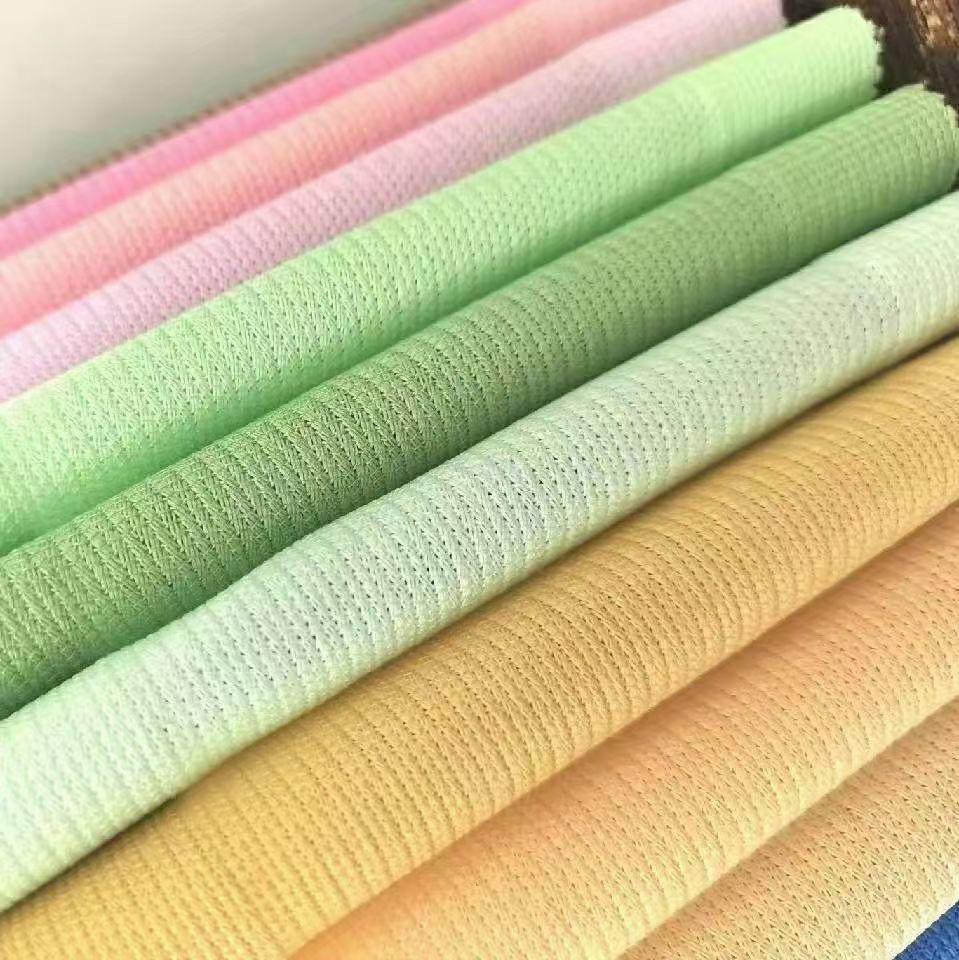
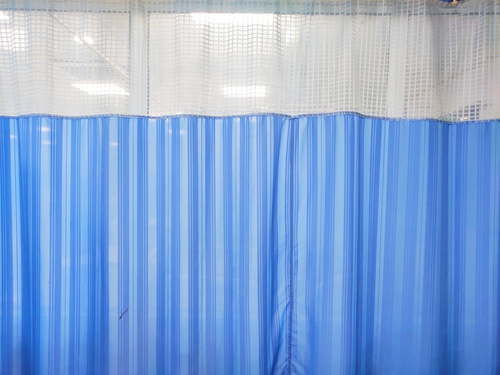
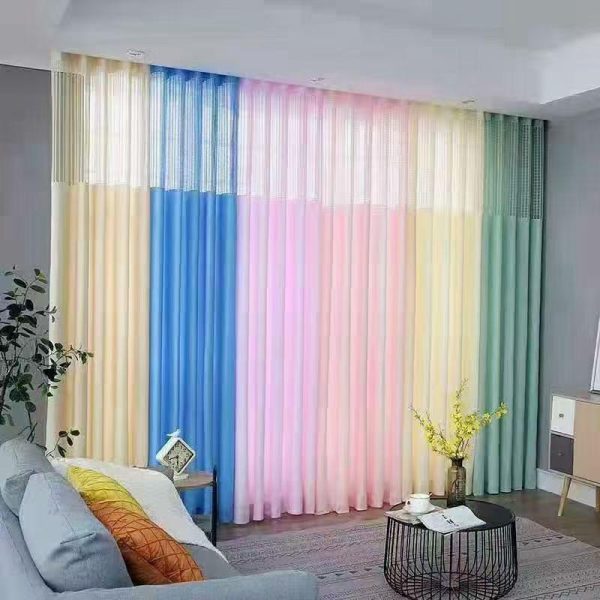
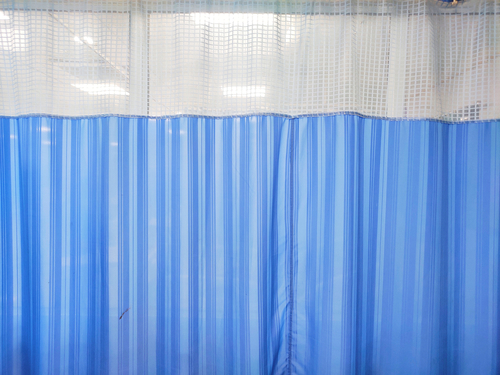
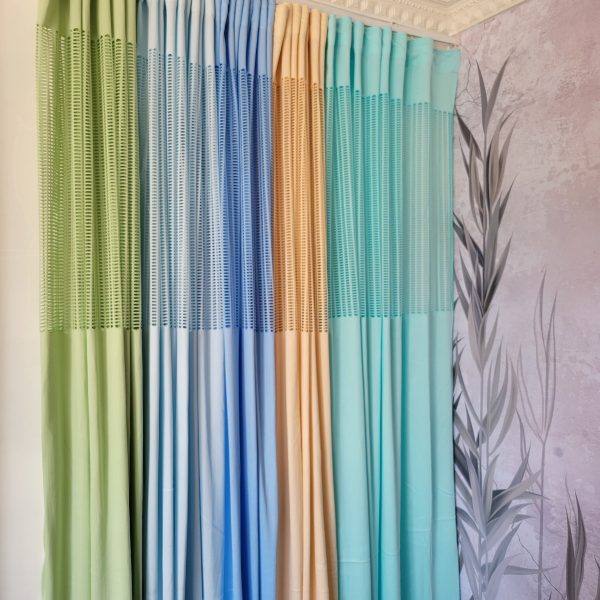
Reviews
There are no reviews yet.